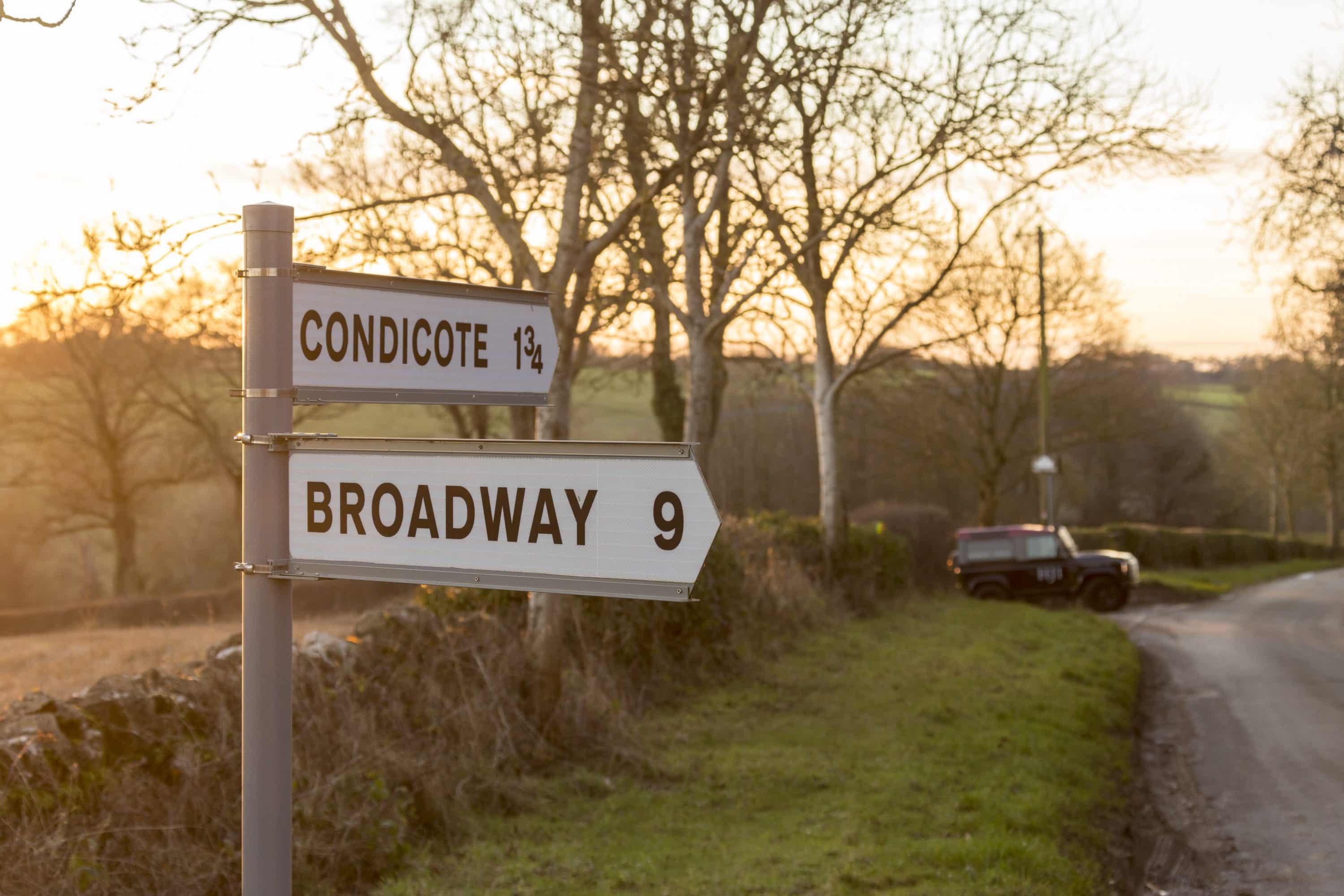Guides
Stamp duty land tax (SDLT)
SDLT is a tax which is paid by the purchaser when you buy property and it is charged at increasing rates for each portion of the price as show in the tables below. As of 1st April 2016 if you are buying a property as an additional residence (as second home or buy to let for example) you will have to pay an additional 3% SDLT. Here is a useful link to the HMRC calculator http://www.hmrc.gov.uk/tools/sdlt/land-and-property.htm.
For residential properties:
- 0% on the first £125,000 of the property price
- 2% on the next £125,000
- 5% on the next £675,000
- 10% on the next £575,000
- 12% on the rest (above £1.5 million)
Listed properties
Historic buildings are a precious reminder of the work and way of life of earlier generations and are part of the British national and regional identity. Historic England has the task of identifying and protecting this important inheritance. They do this by listing – recommending buildings for inclusion on statutory lists of buildings of ‘special architectural or historic interest’ compiled by the Secretary of State for Culture, Media and Sport.
Buildings can be listed because of age, rarity, architectural merit, and method of construction. Occasionally a building is selected because it has played a part in the life of a famous person, or as the scene for an important event. An interesting group of buildings – such as a model village or a square – may also be listed.
According to its relative importance each listed building is given a grade to show its particular architectural or historic interest. Grade I buildings are of exceptional interest, Grade II* are particularly important buildings of more than special interest and Grade II are of special interest, warranting every effort to preserve them.
Listing currently protects 500,000 or so buildings, of which the majority – over 90% – are Grade II.
The older a building is, the more likely it is to be listed. All buildings built before 1700 which survive in anything like their original condition are listed, as are most built between 1700 and 1840. After that date the criteria become tighter with time, so that post-1945 buildings have to be exceptionally important to be listed.
Does a special listing improve the value of a property? Not really. A property worthy of listing has an inherent value that isn’t increased because it has been formally recognised.
Some owners and occupiers of listed property will occasionally admit that having their home listed is not always a good thing. Listing ensures that the architectural and historic interest of the building is carefully considered before any alterations, either outside or inside, are agreed. Altering or demolishing a listed building without consent can attact heavy penalties. In addition to the cost of putting things back as they were, the penalty for unauthorised alteration or demolition of a listed building, from a Magistrate’s Court, is up to 6 months in prison and/or a fine of up to £20,000. From the Crown Court this can be up to 2 years in prison and/or an unlimited fine.
We are lucky in the Cotswolds as we have a rich selection of historic buildings of which many are listed. Here is a link to the Historic England website where you can search to find out if a property is listed and if so which Grade: http://list.historicengland.org.uk/mapsearch.aspx


Architectural styles and dates
| Medieval | Before 1485 | |
| Tudor | 1485 – 1558 | |
| Elizabethan | 1558 – 1603 | |
| Jacobean | 1603 – 1630 | |
| Early Stuart | 1630 – 1680 | |
| William & Mary / Queen Anne | 1690 – 1715 | |
| Georgian (includes Baroque & Palladian) | 1715 – 1790 | |
| Regency | 1790 – 1837 | |
| Victorian | 1837 – 1901 | |
| Edwardian | 1901 – 1914 |
Energy performance certificates
An Energy Performance Certificate (EPC) is required whenever a building is sold, constructed or rented. The EPC shows the energy efficiency rating (relating to running costs) of a dwelling and recommendations on how to improve the properties energy efficiency. They are valid for 10 years and can be reused as often as required within this period.
It is the responsibility of landlords and sellers who must provide an EPC free of charge to interested parties at the earliest opportunity and must provide a copy of the EPC to the person who takes up the tenancy or the successful buyer.
We must ensure that an EPC has been commissioned before we can market a property for sale or rent. We must also show the EPC’s rating in advertisements in commercial media.
Additionally, from 9th January 2013 “buildings and monuments officially protected as part of a designated environment or because of special architectural or historic merit in so far as compliance with certain energy efficiency requirements would unacceptably alter character or appearance” no longer require an EPC. On advice our interpretation is that a listed property does require an EPC.
We are more than happy to arrange for a local retired Chartered Surveyor to carry out an EPC for you, please do contact us and we will put you in touch.
All EPC’s are stored on a government database and can be accessed by following this link www.epcregister.com. Via the navigation on the left you can retrieve a report using a property address if you do not have the Report Reference Number (RNN).








